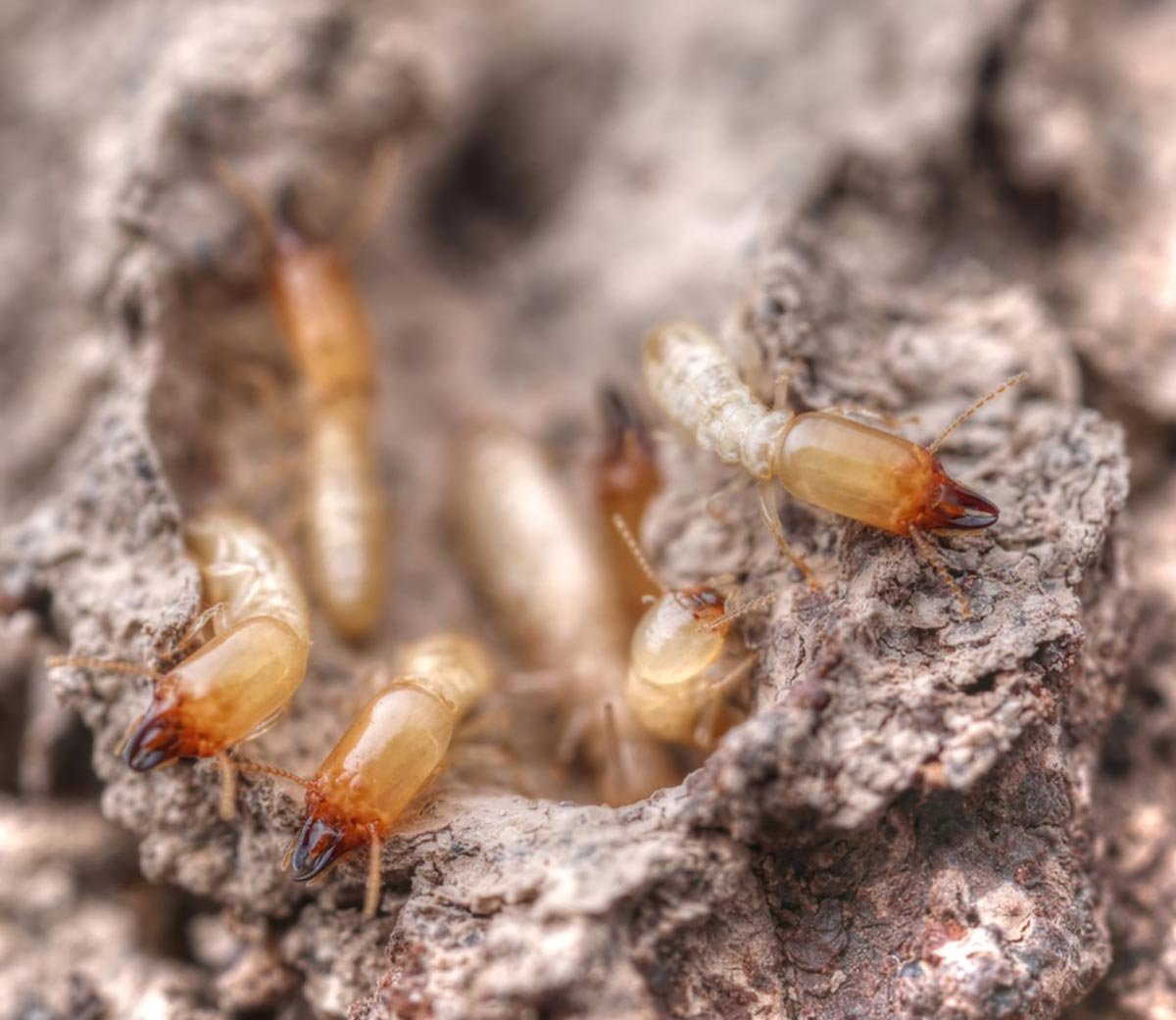The genome is a fascinating place, consisting of complex loops of DNA that are transcribed into RNA, which is translated into protein. However, DNA expression is controlled by factors beyond the nucleotide bases. Proteins can add little chemical marks to the DNA to change its expression patterns. These chemical marks, collectively known as the epigenome, represent the lump sum of an organism’s experiences and can be influenced by behavior or the environment.1
While many genome editing tools change the DNA, they risk irreversible genomic breaks and damage. Now, Angelo Lombardo, a geneticist at the San Raffaele Telethon Institute for Gene Therapy, and his team designed a strategy to edit the epigenome. Recently published in Nature, the team used these epigenome editors to drastically cut levels of the proprotein convertase subtilisin/kexin type 9 (PCSK9) protein in mice up to a year after editing the corresponding Pcsk9 gene.2 PCSK9 controls the amount of cholesterol receptors in the body, so blocking the gene reduced the levels of low density, or bad, cholesterol in the blood.3 This strategy could help researchers better regulate cholesterol without having to do lasting damage to the genome.
Lombardo and his team first looked into connecting protein fragments known to epigenetically silence genes to a DNA binding domain protein programmed to specifically bind Pcsk9. After testing the targeting capabilities of several different DNA binding domains, the team settled on a zinc finger protein—a little curlicue-shaped protein that performed the best in terms of trafficking itself to and silencing the Pcsk9 gene.
When the scientists tested the zinc finger constructs on liver cells in a dish, they found that 80 percent of Pcsk9 gene expression was silenced. They also found that the expression levels of eight other genes had changed as well, albeit not as drastically as that of Pcsk9. According to Lombardo, these off-target effects can vary. “It really depends on the DNA binding domain and how specific the domain is for the gene,” he said.

To see if the zinc finger constructs would work in animals, the scientists used nanoparticles to deliver the transcriptional repressors into the livers of mice. They found that the constructs quickly and effectively silenced Pcsk9, leading to an approximate 35 percent reduction in bad cholesterol in comparison to mice who had received a sham injection containing just the buffer.
After the scientists snipped the mice’s livers to stimulate cell division and liver regeneration, the Pcsk9 silencing persisted. Lombardo found these results reassuring. “This indicated that the epigenetic modifications are inherited and passed along during cell proliferation,” he said.
The team followed the mice almost a year after the initial construct delivery and found that Pcsk9 expression remained dampened, leveling out at around 40 percent of that of mice that had received a sham injection. “This opens up the possibility to really deliver these genetic editors and have long lasting effects,” said Pilar Blancafort, a geneticist at the University of Western Australia who was unaffiliated with the work. She is also interested to see if these silencing constructs can be applied to other organs beyond the liver or to treat cancer.
Next, Lombardo wants to push these zinc finger constructs toward the clinic and explore their applications in other diseases. He noted that the team at the biotechnology company he cofounded, Chroma Medicine, has generated promising data on epigenetic Pcsk9 silencing in non-human primates.
“This shows that what we’ve seen in mice is portable to bigger animal models,” Lombardo said. “Through Chroma and other companies, we really hope that, at the end, we get a therapy for patients.”
References
- Allis CD, Jenuwein T. The molecular hallmarks of epigenetic control. Nat Rev Genet. 2016;17(8):487-500.
- Cappelluti MA, et al. Durable and efficient gene silencing in vivo by hit-and-run epigenome editing. Nature. 2024;627:416-423.
- Pokhrel B, et al. PCSK9 Inhibitors. In: StatPearls. StatPearls Publishing; 2024. Accessed March 22, 2024.










